CyberPunk 2077
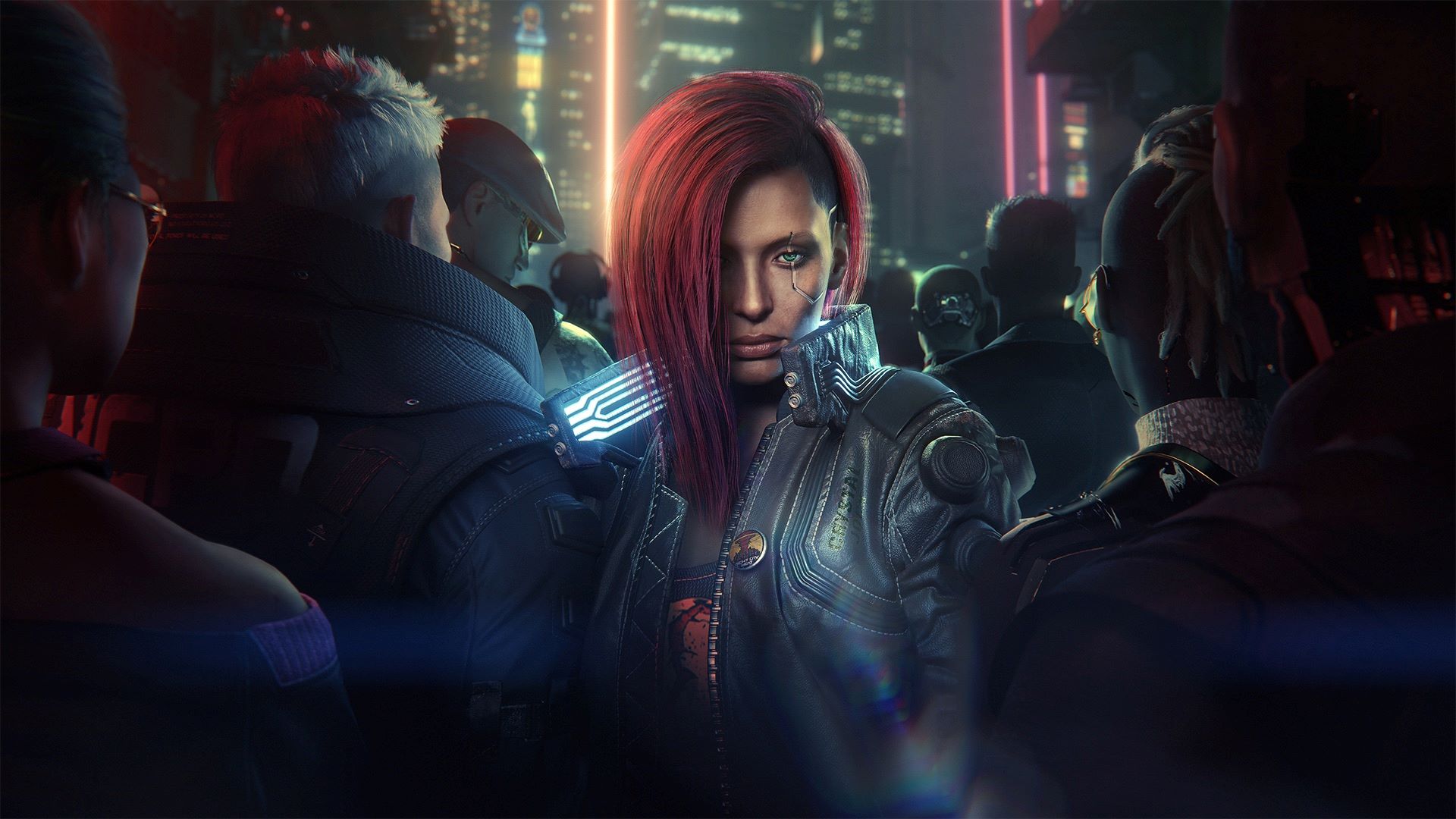

Cyberpunk 2077, developed by CD Projekt Red, is renowned not only for its sprawling narrative and richly detailed open world, but also for its innovative use of diegetic UI—user interface elements that exist within the game world itself, perceived by the characters as well as the players. Set in the dystopian metropolis of Night City, the game seamlessly integrates futuristic interface designs into its storytelling, creating a uniquely immersive player experience. The game's UI reflects the cybernetic augmentation of its characters, blending interface with narrative in a way that supports both worldbuilding and gameplay mechanics.
From the moment players assume control of V, the game's protagonist, they interact with an array of diegetic elements such as holographic phone calls, augmented reality navigation cues, and in-world menus projected from cybernetic implants. These interfaces aren’t simply visual flourishes—they are logically embedded within the game’s universe, reinforcing the themes of transhumanism and digital dependence. Whether it's scanning environments, accessing character data, or communicating with other NPCs, every interaction feels grounded in the world’s lore. This approach to UI design not only deepens immersion but also challenges traditional game interface conventions by dissolving the boundary between gameplay systems and narrative context.
Cyberpunk 2077 features an augmented-reality-inspired HUD embedded within the player-character’s cybernetic enhancements. UI elements such as health bars, threat levels, enemy outlines, and mission markers are presented as if projected through V’s neural interface. This establishes a diegetic UI logic that fits seamlessly into the game’s transhumanist setting — the interface exists within the character’s sensory experience, rather than overlaid externally. This blurs the line between interface and narrative, reinforcing the fusion of human and machine in a cybernetic society.
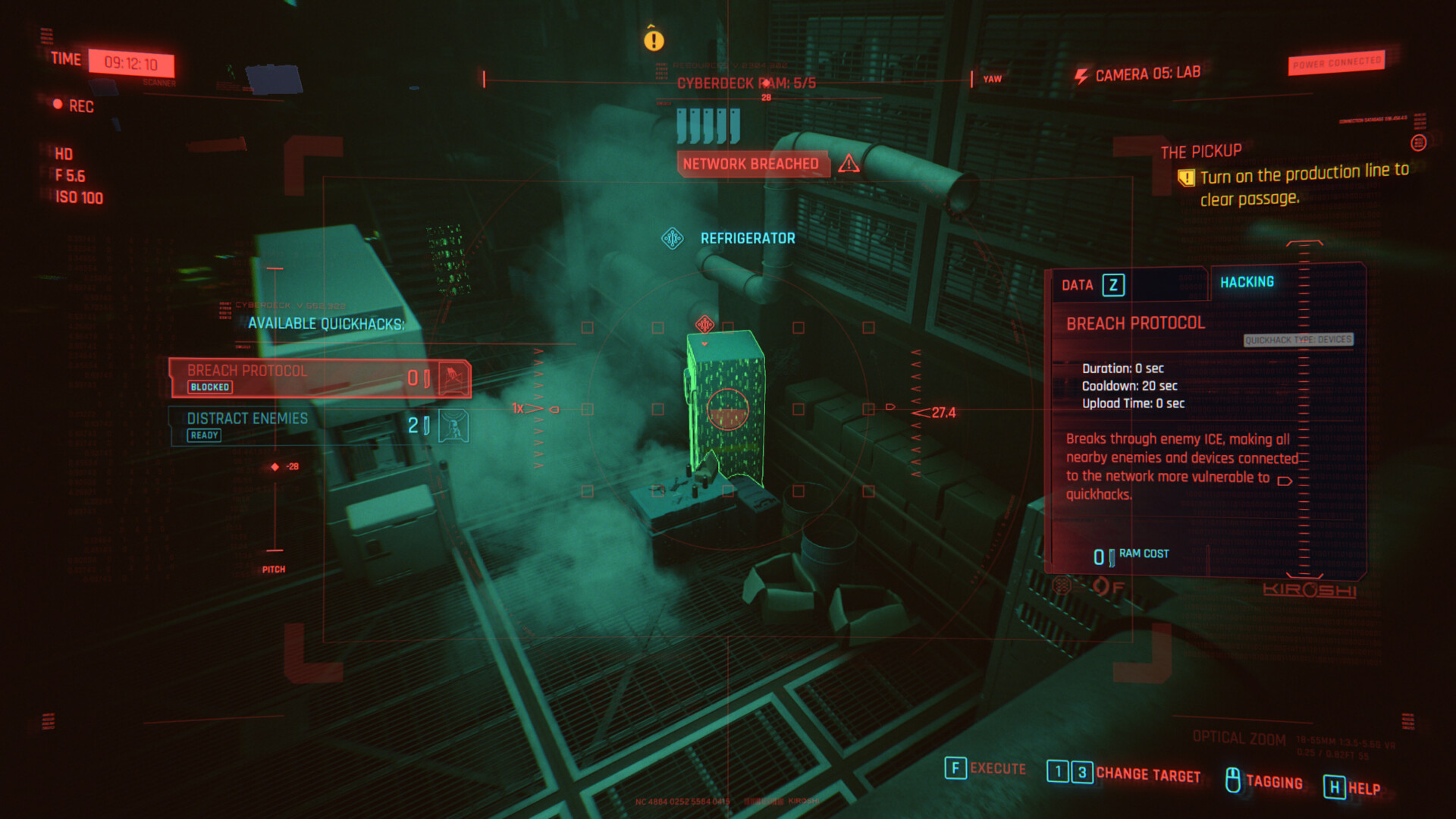
Ammo counts, weapon stats, and smart weapon targeting systems are presented through augmented reality overlays that simulate what V might see through cyberoptics. Smart weapons interface directly with the HUD, offering real-time trajectories and enemy locks — a context-sensitive diegetic mechanic that makes advanced weaponry feel truly integrated into the player's body and perception.
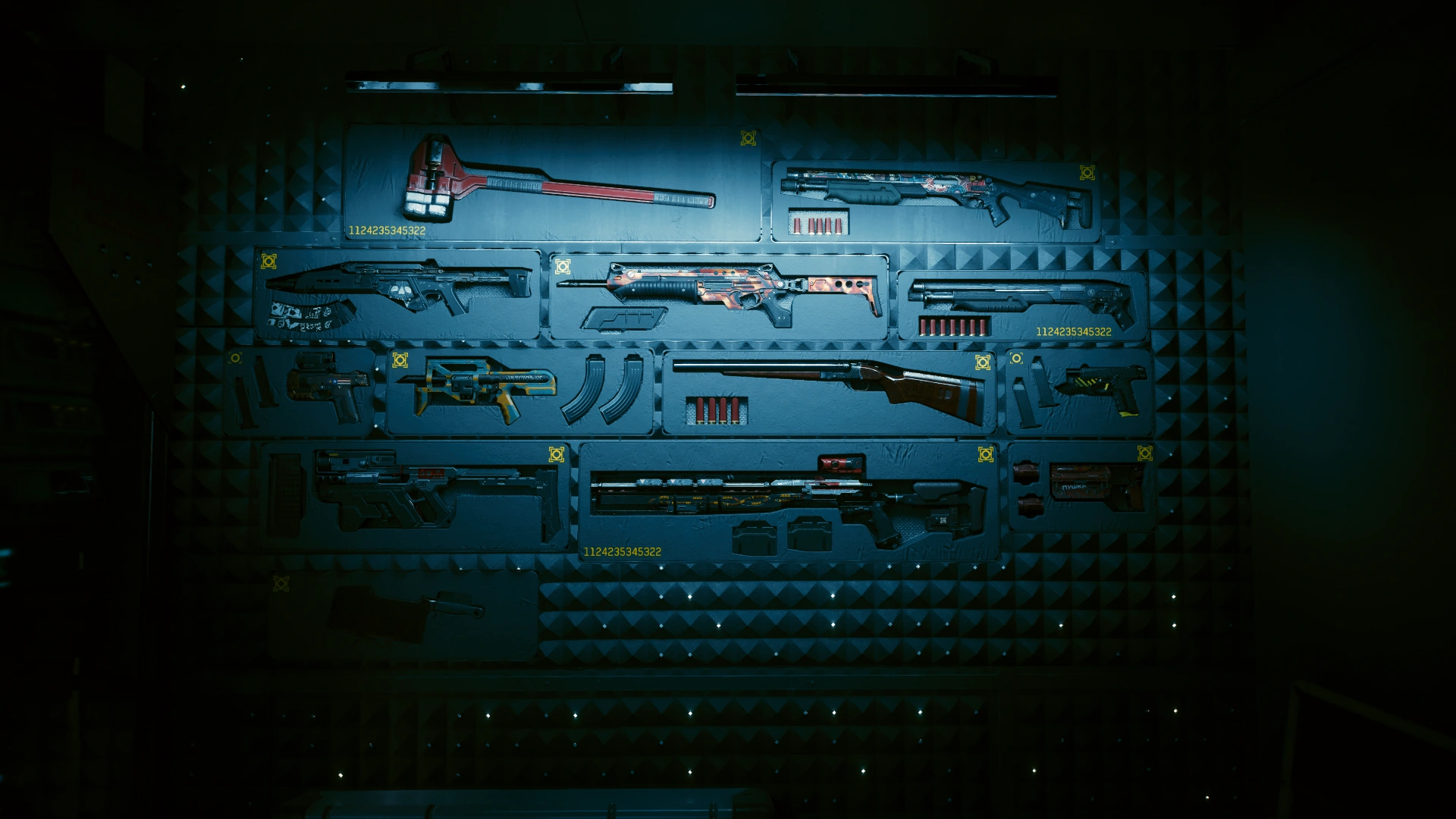
The scanner mode is a core mechanic that turns the player's view into a diegetic analysis tool, revealing enemy weaknesses, object information, and network connections. Rather than pausing or opening separate menus, players access this information through a visual filter mimicking augmented cognition — a concept often seen in speculative sci-fi UX. The scan UI emphasizes diegetic immersion through in-world data overlays, making V’s abilities feel like natural extensions of gameplay rather than abstract systems.

Navigation tools like the minimap and quest guidance hover at the edge of the screen as if integrated into V’s neural HUD. While more traditional than some other elements, their diegetic justification (cyber-enhanced vision and GPS overlays) aligns with the game’s internal logic. However, these features blur the line between diegetic and non-diegetic, often functioning more like classic HUDs with a narrative gloss.
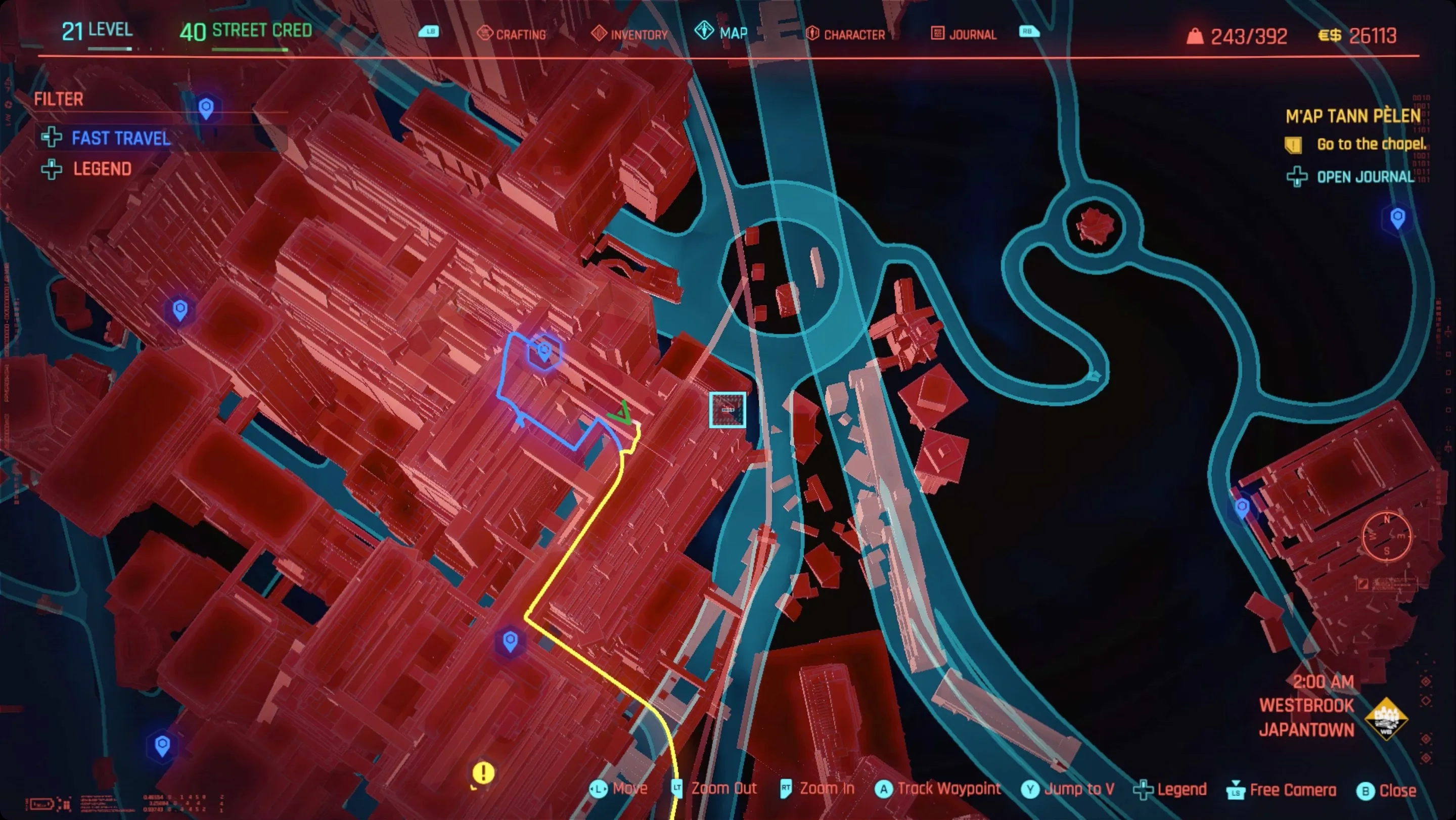
Cyberpunk 2077 leverages diegetic UI to create a futuristic world where technology and human perception are tightly interwoven. Unlike games that merely overlay futuristic elements onto a traditional HUD, Cyberpunk embeds its interface into the lived experience of its characters. Information is delivered through neural implants, augmented vision, and holographic projections — all justified within the game’s narrative and setting. For example, mission objectives, call interfaces, and weapon stats appear in the player's field of view as if projected through a retinal display, not just on the screen for the player. This integration blurs the line between character and player perception, enhancing the sense that you’re not just playing as V, but with V’s cybernetic eyes and tools. It supports the game’s core themes of transhumanism and surveillance, making the UI feel like a natural extension of the world, rather than a layer atop it.
The diegetic UI also excels in how it conveys gameplay-relevant feedback through cybernetic enhancements and physical animations. When V scans the environment, you see overlays highlighting enemies, objects, and vulnerabilities — not as abstract game indicators, but as outputs of their in-world tech. The same goes for hacking, where quickhacks are visually represented as data streams flowing into systems, reinforcing the illusion that you’re manipulating a digital world from within. Damage feedback is conveyed via screen glitches, static interference, and retinal flare-outs, all of which suggest internal neural strain rather than an external health bar. When V takes damage or activates a stim, it’s framed as a bodily, sensorial experience — you hear gasps, feel controller vibration (if applicable), and see vision distortions. These choices draw players deeper into the body of the character, reinforcing the immersive illusion of a cyber-augmented self.
Despite the complexity of the world, Cyberpunk 2077 often manages to maintain visual clarity by contextualizing its UI within the player’s immediate surroundings. Instead of overloading the screen with permanent icons or text, important information is delivered only when relevant and in a way that feels situational. For example, weapon selection happens through a radial menu that appears as a holographic projection from V’s hand, and GPS guidance takes the form of light trails on the road or directional indicators projected onto your vehicle’s dash — all elements that exist within the diegetic space of the world. This allows players to stay immersed in Night City without constantly breaking the illusion to decode an abstract interface. By embedding the UI into the character’s body and tech, the game sustains immersion while still supporting player orientation, decision-making, and navigation.
Cyberpunk 2077’s diegetic UI isn’t just a stylistic flourish — it’s tied into the narrative, character development, and player choices. The level of UI detail and functionality changes depending on the cyberware you install, meaning your interface evolves with your body and build. A stealth-oriented player might see enemy silhouettes and silent paths highlighted through thermal overlays, while a brute-force character might have a more direct, threat-focused readout. These variations give the interface narrative weight, turning it into a reflection of who your V is. It also encourages players to think tactically, choosing cyberware not only for combat or stats, but for how it changes perception and interaction. This choice-driven design reinforces the game’s deeper themes of identity, modification, and control, while delivering a unique kind of immersion — one where your UI is as personal and malleable as your character.
The neural HUD, while conceptually diegetic, often resulted in visual saturation — especially during combat or high-speed driving. Pop-up damage numbers, quest reminders, threat indicators, and mini-maps could clutter the screen, causing cognitive fatigue. This undermined the seamless immersion that diegetic UI aims to create, and at times contradicted the minimalist vision of embedded interfaces.

Although the HUD was designed as an extension of V’s body, players had limited ability to tailor the experience. There were few options to scale or reduce UI elements, filter visual noise, or modify the intensity of AR effects. This limited the game’s accessibility for users with visual impairments, neurodivergence, or motion sensitivity, creating potential barriers to entry in a UI that should feel highly personal and modular.
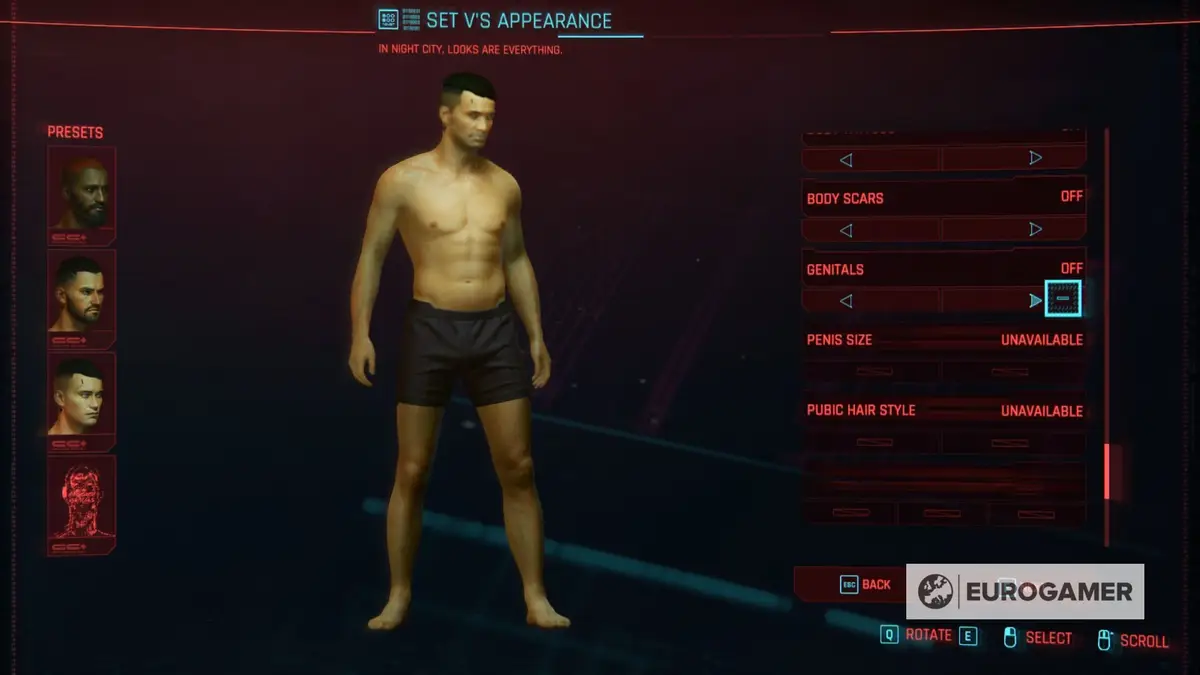
Despite the narrative emphasis on cyberware and customization, many UI systems (like crafting, character stats, and inventory management) were handled through non-diegetic menus. These breaks in immersion contrasted with the rest of the game’s UI philosophy and highlighted a disconnect between interface design and narrative embodiment. It created moments where the player felt more like a user of software than a character inhabiting a body.
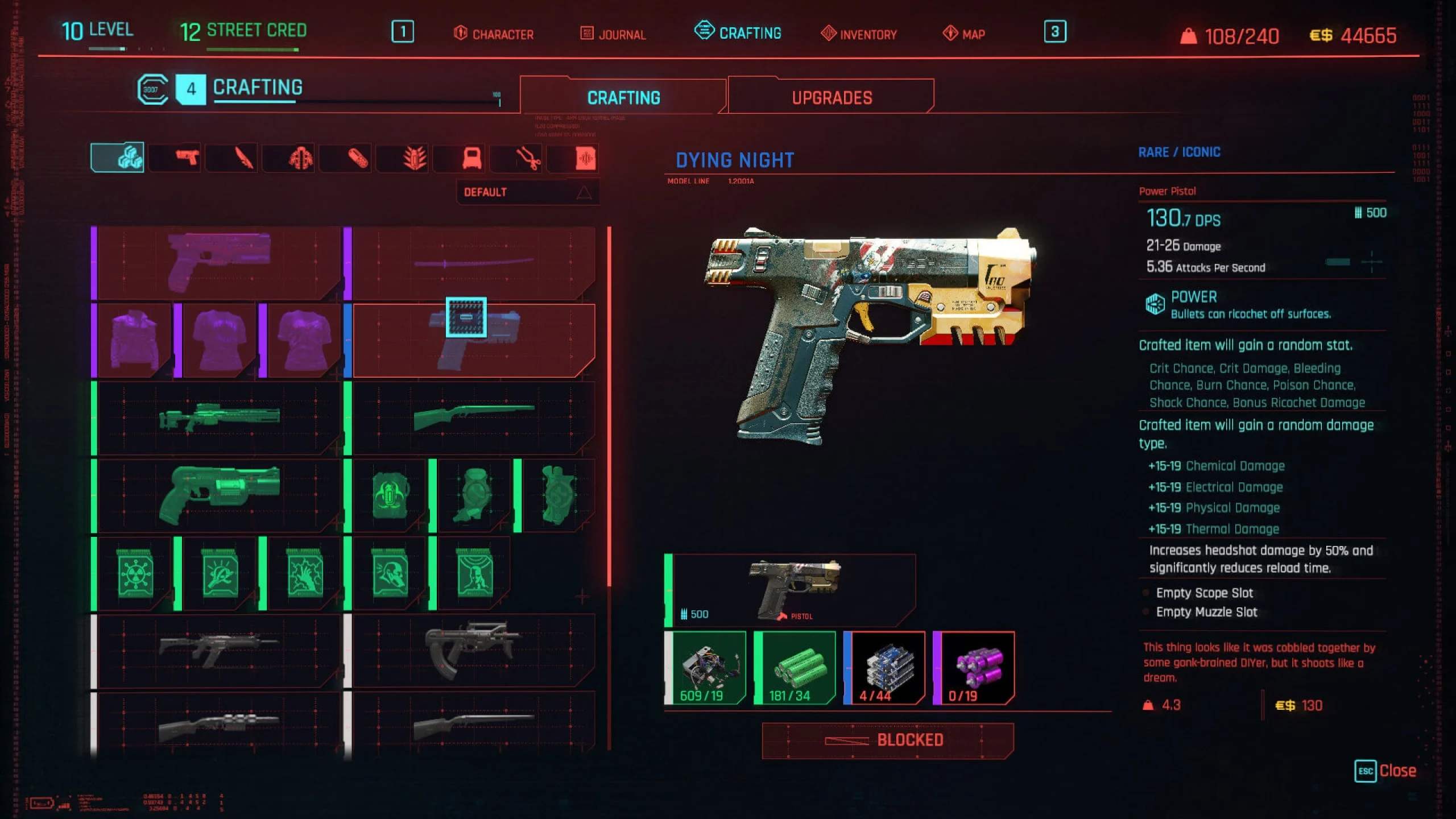
Some features, such as the scanner mode and smart weapons, fully embraced diegetic presentation. Others, like fast travel menus, quest tracking, and skill trees, reverted to traditional UI systems. This inconsistency weakened the narrative cohesion of the interface and made it harder for players to fully suspend disbelief. A more unified approach could have deepened immersion and reinforced the cyberpunk theme of seamless human-technology integration.

.jpeg)
.jpeg)
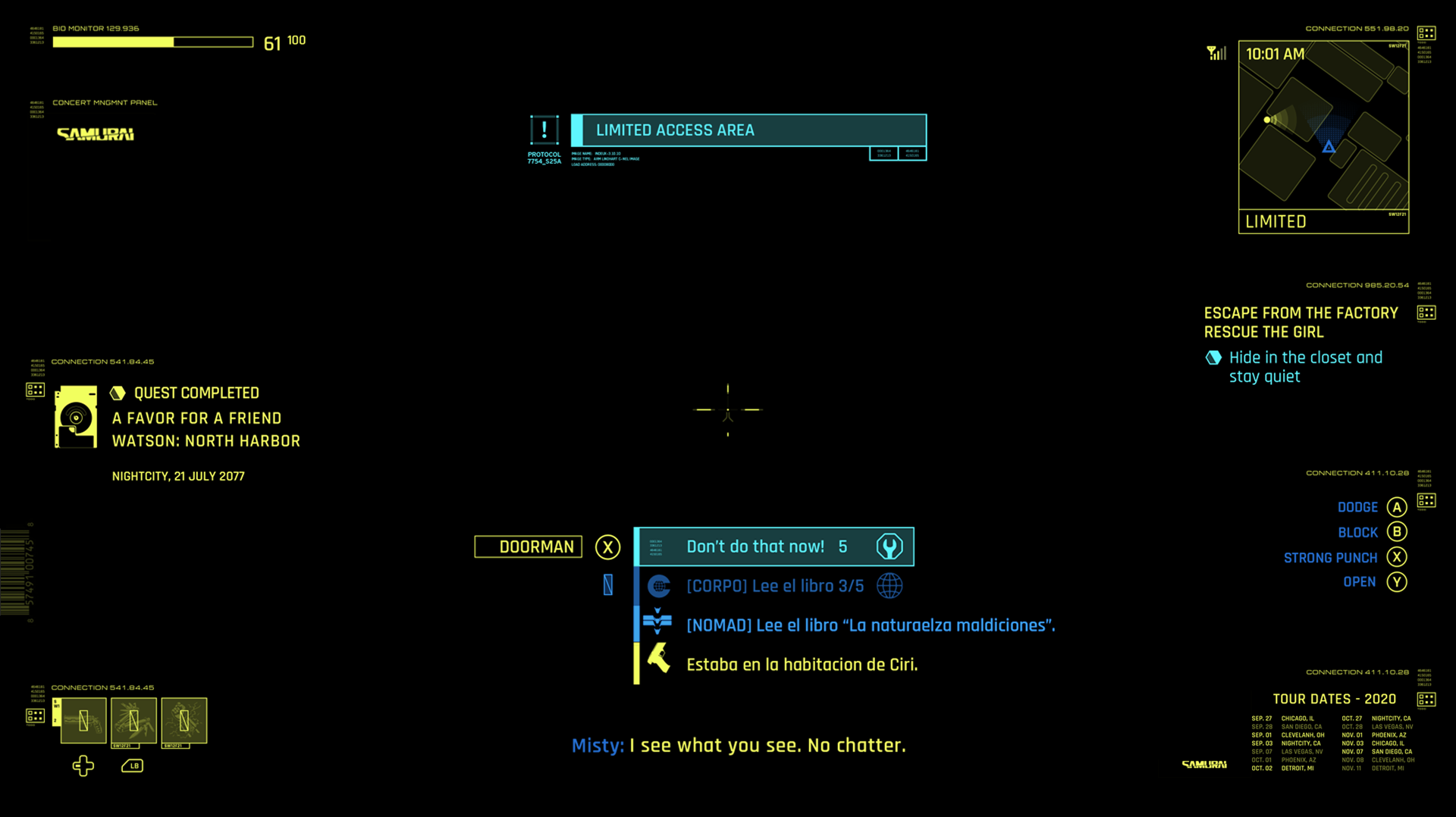
.jpeg)
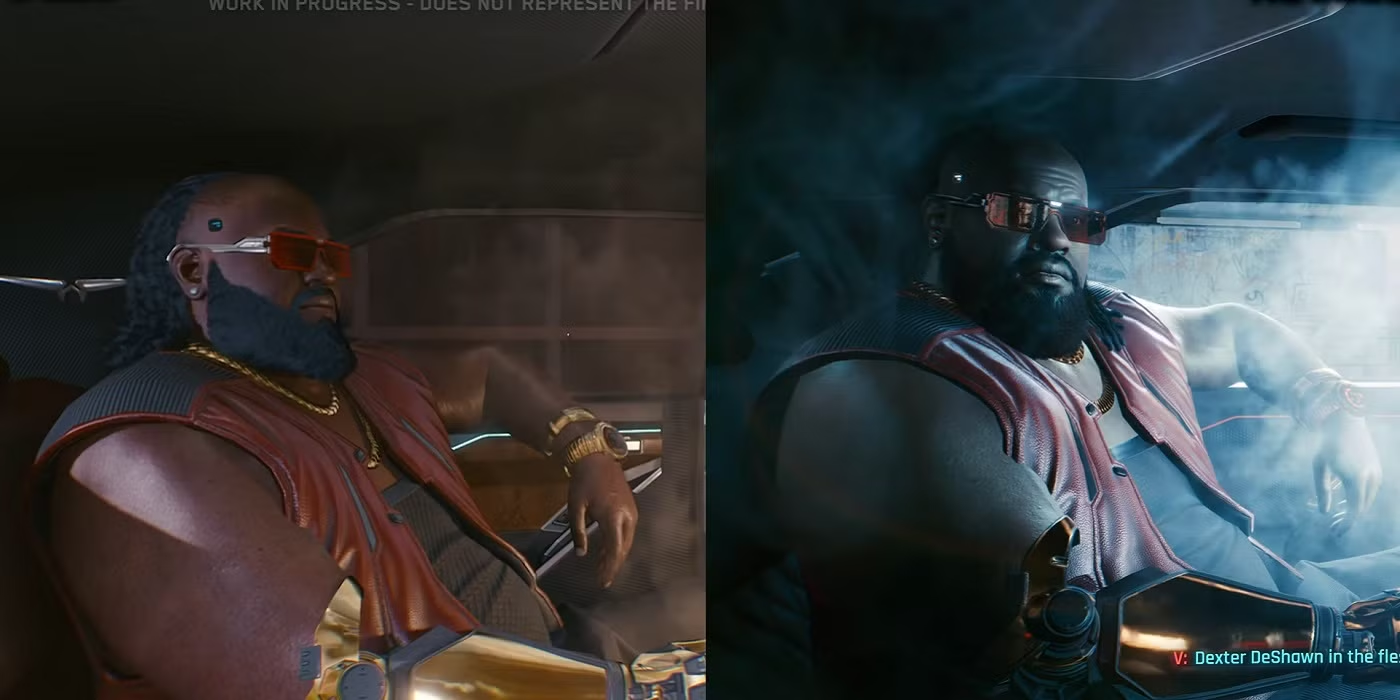
.jpeg)
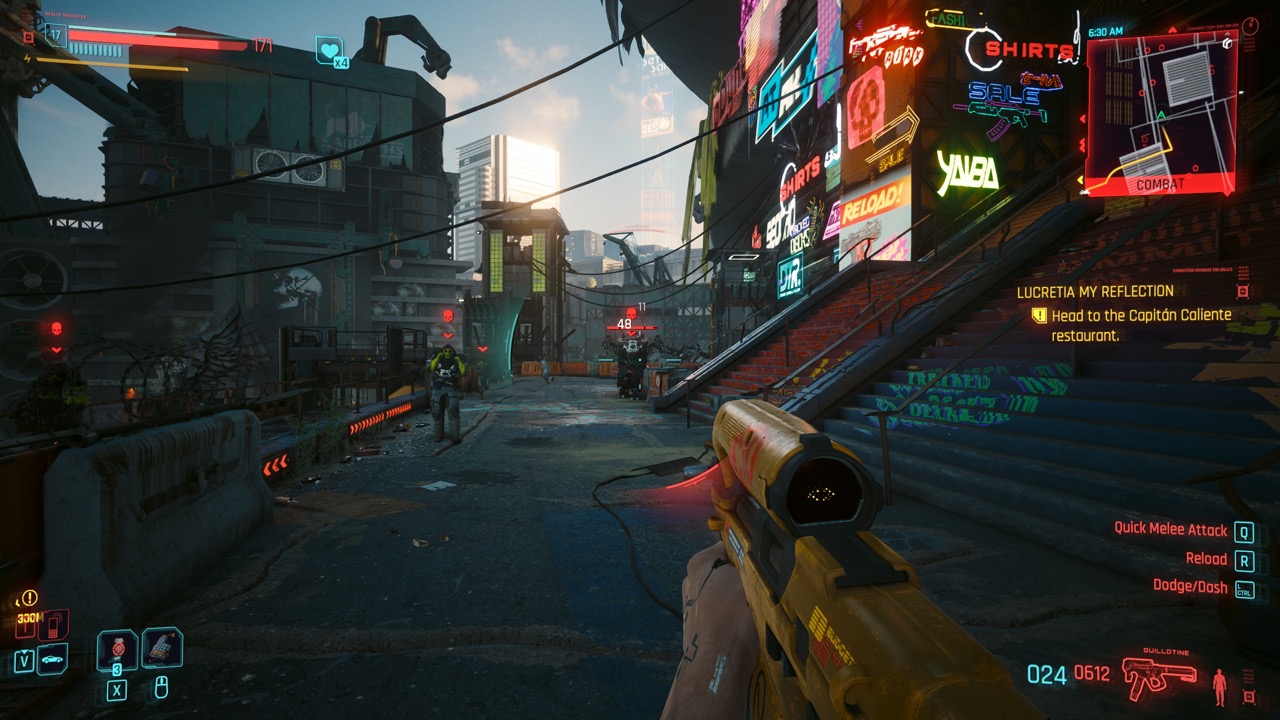
.webp)
"The HUD in this game is just terrible... I gave the game a negative review because of this... The game is barely playable for me as it is now with how cluttered the HUD is even with every option turned off."
"It felt like some solutions were still more focused on the visual appeal than on the usability and player’s experience."
"I enjoy how feedback is continuously given to players on Cyberpunk 2077’s HUD and how the HUD adapts to the player's tasks: exploring, driving, combat, braindance, etc."
"A glaring issue was the number of missed opportunities to leverage the cybernetic theme through diegetic or augmented UI. An overload of quest markers felt like a cop-out that wouldn’t leave me alone."
"The UI, in particular the world map, is dreadful. Across the blood-red smear are hundreds upon hundreds of exclamation marks... there's no way to tell without hovering over each one."
"There is soooo much text on the screen. I'm sure the UI is customizable, but damn, something that's bothered me."